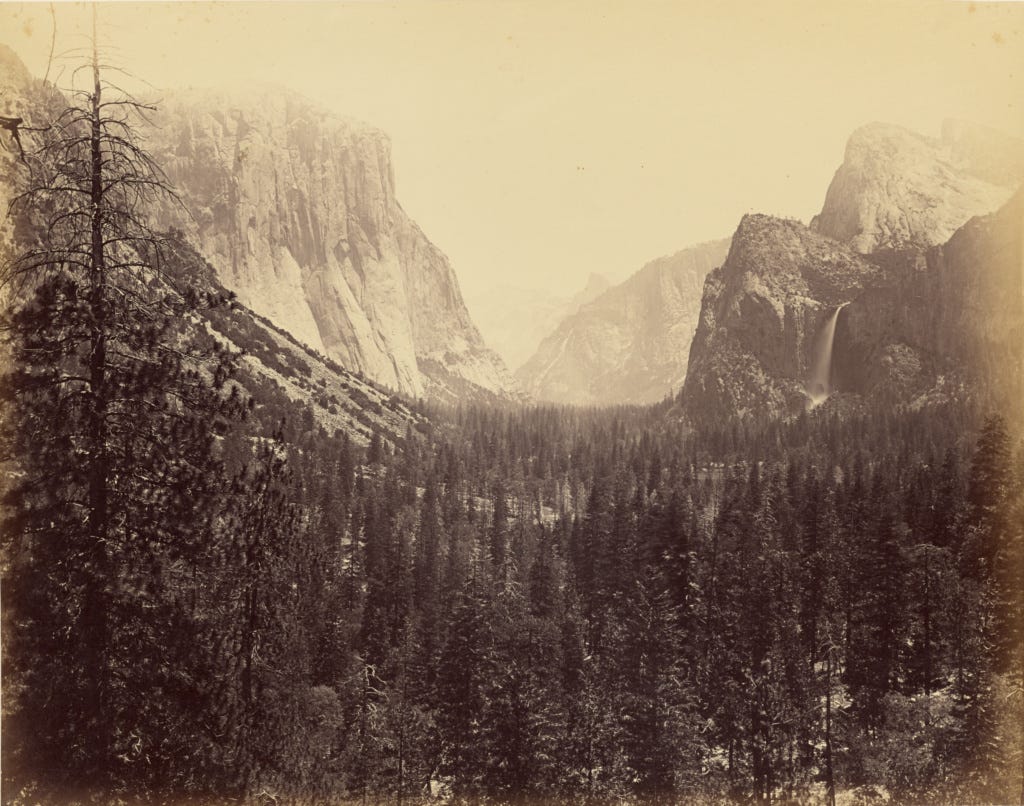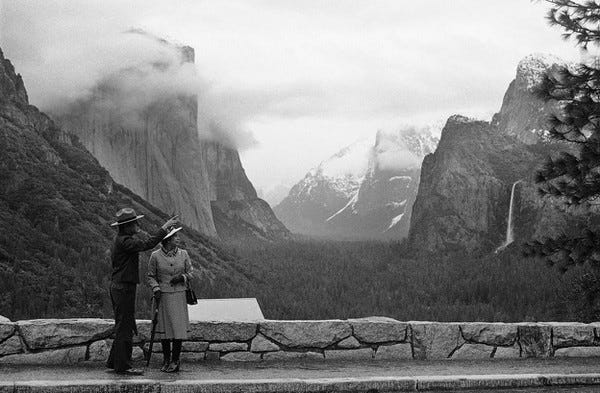Hello Readers! Next week I am sending out the first part of a ten part series which paints a picture of western forests/lands before full fire suppression (and pre-colonization/during colonization). It’s very thorough and has taken (and will take) a lot of work and research on my part. Five parts of the series will be made available to free subscribers, but paying subscribers will get access to all ten parts. If you’re interested in a cohesive overview of this subject, I urge you to become a paying subscriber (and you also support my work while doing so!). You can currently get 15% off a year’s subscription. Each part will be released every week on Tuesday, starting next Tuesday.
Fire existed in the United States long before it belonged to colonizers— much like it has existed throughout the world since time immemorial. But when Europeans arrived on the eastern coast of the North America, assuming they had “discovered” a new world, they brought diseases, violence, and ignorance with them. The land of North America, specifically as explorers moved west, was seen as untouched. Pristine. Virgin.
Yet it wasn’t.
Wildland fire is a subject that folks living in the west are somewhat familiar with, but it’s a phenomenon that has existed throughout North America, from the Pine Barrens of New Jersey and palmettos of Florida to the bogs of Alaska and rainforests of the Pacific Northwest. This ten part series will examine what the fire and ecological landscape looked like and how it functioned, and how much of a hand Indigenous Americans had in shaping those landscapes.

We are currently facing dire fire seasons propelled by climate change, but climate change isn’t the only element at work. Fire suppression (which is, at times, necessary) has profoundly changed our landscapes, and the removal of Indigenous Americans from their tended lands has exacerbated those changes. Many discussions surrounding our climate emergency involve planting more forests, yet the United States likely had less trees before the arrival of Europeans than it does now. Trees followed settlements of Europeans because the use of fire to tend the landscapes was quelled. What preceded the trees? Grasslands. Lush meadows and plains redolent with native grasses, which act as a more functional carbon sink than forests and free up more water.
The shift from native grasslands throughout the states to forests and rangelands was swift and slow, depending on the region. And it had everything to do with the removal of fire. The current drought in the west is inextricably tied to this shift. The history of landscapes and fire-suppression is long and complicated. It’s my goal to untangle its web for my readers.

In this series I’ll move through the geographical regions of the U.S., beginning with the Northeast and ending in Alaska, two opposing landscapes when it comes to fire suppression.
By becoming a paying subscriber to FIRES, you help fund my research and materials, and in exchange you receive a deeply reported history of pre-suppression landscapes in the United States, and everything I write after that.




I have been researching Pre contact Indigenous burning for many years now, primarily in Alberta. I have some interesting insights if you’d like to chat sometime. You might find this video interesting. I posted it several years ago. Rick Arthur. https://m.youtube.com/watch?v=XX0rhYqkC4Q